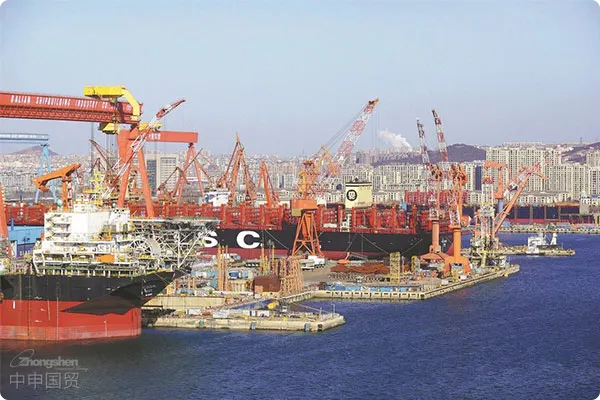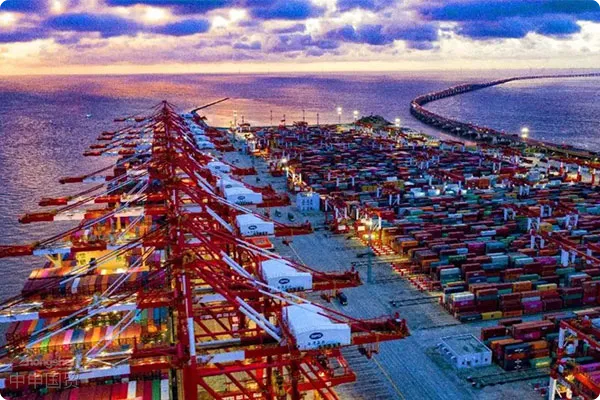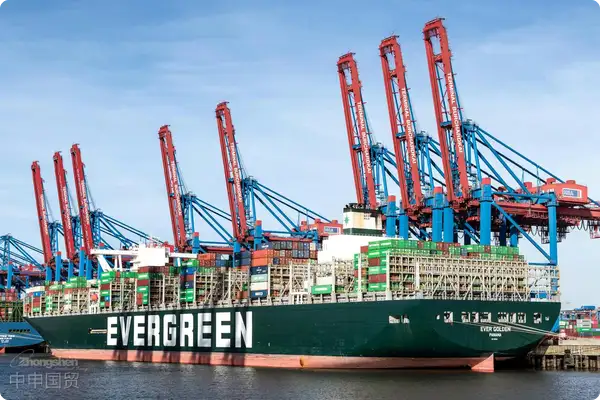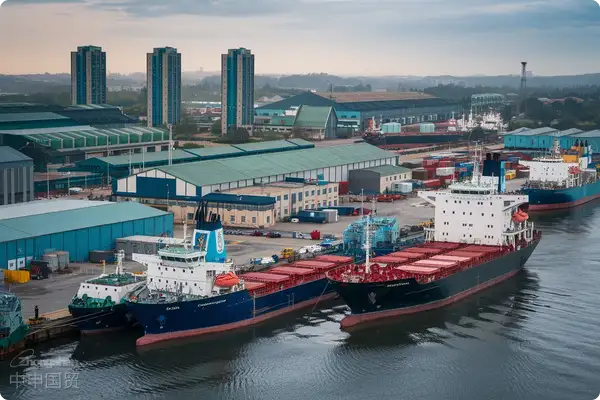- Shanghai Zhongshen International Trade Co., Ltd. - Two decades of trade agency expertise.
- Service Hotline: 139 1787 2118
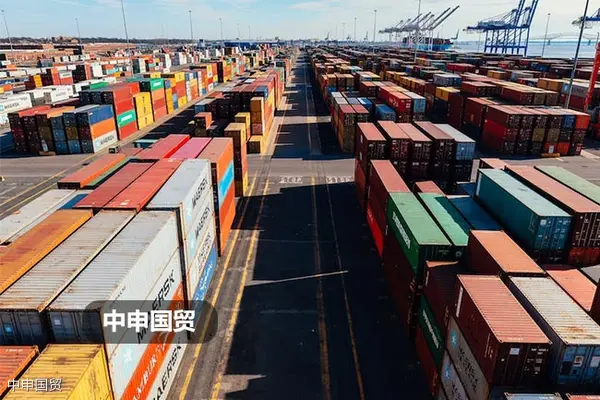
Changes in access conditions under new industry regulations
The revised version of the Interim Measures for the Administration of Agricultural Machinery Imports effective in 2025 clearly requires:Imported tractors with traction ≥90 horsepower must provide original emission certificationDistribution companies need to help clients complete three key preparations:
- Verification of equipment technical parameters matching customs classification
- Real-time monitoring of target country agricultural machinery access catalogs
- Independent test reports for special components (such as hydraulic systems)
Core competency evaluation system for distribution companies
Identification of quality distributors should be based on a multi-dimensional evaluation model:
- Policy Response Speed: Update tariff database within average 3 working days
- Customs clearance exception handling: Dispute resolution success rate ≥92% in recent three years
- Supply Chain Integration: Establish dedicated logistics channels in at least 5 major ports
Three-layer optimization plan for cost control
Professional distribution services can reduce comprehensive import costs by 18-25%, mainly through:
- Tariff strategy optimization
- Utilizing ASEAN free trade agreement for zero tariffs on 32 categories of agricultural machinery
- Combined declaration model to save VAT costs
- Logistics cost compression
- Special rate negotiation for LCL shipments
- Port demurrage insurance coverage
Practical response strategies for risk prevention
Agriculture in 2025equipment. For example, Indonesia has the SNI certification, Thailand has the TISI certification, and the Philippines has the BPS certification. It is necessary to confirm in advance the equipment voltage (such as 380V/50Hz in Thailand), the compatibility of the CE certification, and the proof of environmentally friendly materials.New risk points include:
- Biosafety treatment certificates mandatory in South American countries
- EU CE certification extended to second-hand machinery refurbishment equipment
- Local assembly ratio requirements for imported agricultural machinery implemented in 13 African countries
Mature distribution companies should establish a three-level warning mechanism: pre-transaction document compliance review, real-time tracking during transactions, and post-transaction legal remedy channels.
Operational insights from typical cases
Typical problems encountered by a provincial agricultural cooperative importing German silage harvesters in 2024:
- Original factory technical parameters inconsistent with customs declaration causing port detention
- Failure to apply for special-purpose tariff reduction resulting in additional payment of 147,000 yuan
- Missing parts declared separately causing subsequent maintenance difficulties
After professional distribution intervention, through remedial declaration and tax refund procedures, ultimately recovered 85% of additional losses.
Key metrics for measuring service value
When selecting a distribution company, require the following data to verify service capabilities:
- Annual average customs clearance time compared with industry benchmarks
- Frequency statistics of customs audit issues
- Emergency response time commitment letter
- Historical dispute case handling archives (desensitized)
Related Recommendations
? 2025. All Rights Reserved. Shanghai ICP No. 2023007705-2  PSB Record: Shanghai No.31011502009912
PSB Record: Shanghai No.31011502009912

